

Should You Use Amazon API Gateway in 2024? Consider Function URLs Instead!
source link: https://blog.bitsrc.io/amazon-api-gateway-vs-function-urls-2b6940168c21
Go to the source link to view the article. You can view the picture content, updated content and better typesetting reading experience. If the link is broken, please click the button below to view the snapshot at that time.
Should You Use Amazon API Gateway in 2024? Consider Function URLs Instead!
Did you know that you can now invoke Lambda functions using an HTTP API via Function URLs?
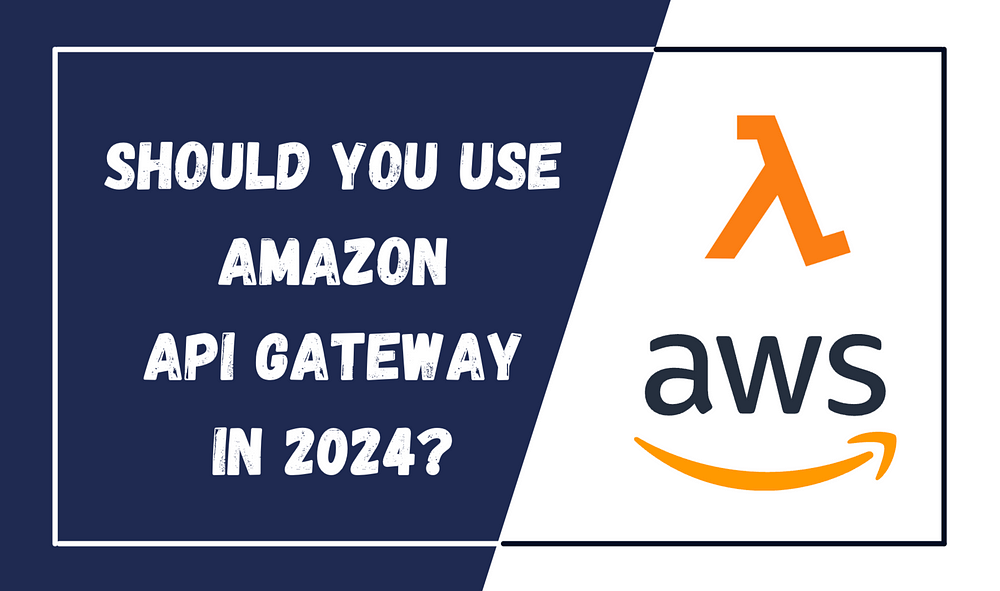
After the launch of AWS Lambda, there really wasn’t a way to invoke these Lambda functions through an HTTP API unless it was hooked onto an Amazon API Gateway.
So, your AWS Architecture would’ve looked something like this:
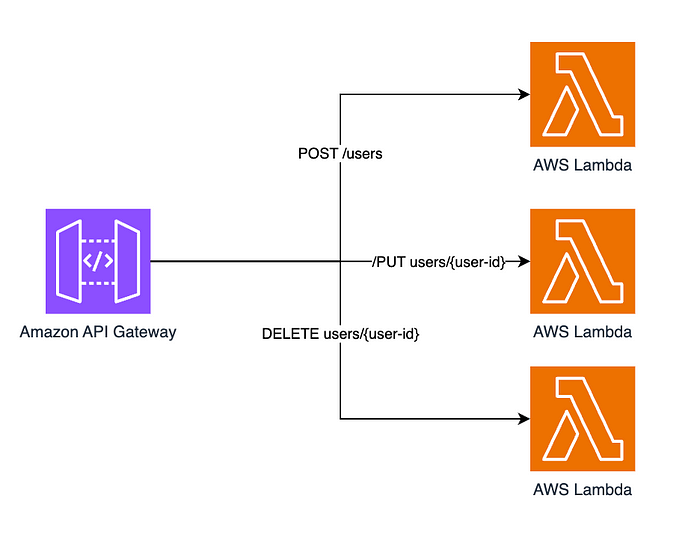
Figure: An API powered using AWS Lambda consumed using API Gateway
By using this API Gateway, you ultimately provided an entry point to your internal APIs (Lambda Functions) that helped generate the required responses for your apps to work.
But, since 2022, AWS introduced Function URLs for AWS Lambda Functions. This meant that your Lambda functions can be given a unique HTTP endpoint (allocated by AWS) that enables your Lambda Function to be invoked over the web, with no configuration required. So, by doing so, your architecture would’ve looked something like this:

Figure: An API being invoked using a Function URL
As you can see, you no longer have an API Gateway. Instead, your application directly invokes the Lambda Function via a valid CORS configuration.
So, this creates the question, what should you use in 2024? Should you still use Amazon API Gateway, or should you use Function URLs?
What is an Amazon API Gateway?
The Amazon API Gateway is a fully managed service that lets you create, publish, maintain, monitor and secure HTTP and Websocket APIs at any scale.
Simply put, an API Gateway acts as the “front door” to all your internal system resources such as your business logic, data or functionality.
For example, this is how a typical API Gateway would work:
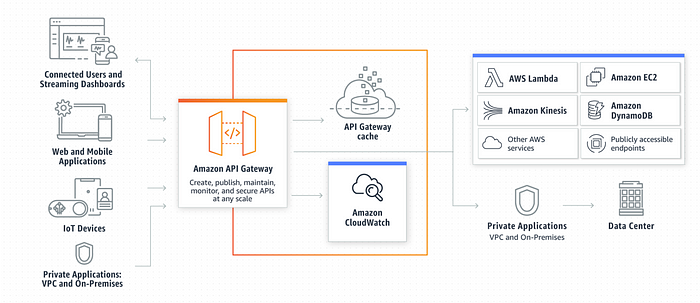
Figure: The workings of Amazon API Gateway
If you provision an API Gateway, it will first generate a stage URL for you. This would look something like this:
https://{restapi_id}.execute-api.{region}.amazonaws.com/{stage_name}/
Your users can use this stage URL to access your API via resource-based routing. For example, you might have a resource:

Your resource is indicated by the route —
/users. When a user invokes the/usersroute, it would access theGetUsersLambdaresource and would fetch the list of users from the Users Table.
So, your API Gateway will act as the entry point to all of your system resources.
By doing so, you’re able to centrally manage the way your internal resources are being accessed.
But, this doesn’t end here. Using an API Gateway creates has more advantages.
- You can leverage authentication and authorization mechanisms into your app using IAM, API Key, Lambda and Cognito Authorizers.
- You can create API Keys for different consumers of your API for secure authentication.
- You can create a custom domain to your API. For example, you can choose to avoid using the default API Gateway URL and map something like — https://api.myapp.com.
- You can leverage API Gateway level caching to cache frequently served responses to reduce the load on your internal resources.
- You can leverage security measures like rate limiting and even prevent DOS attacks through AWS WAF integrations.
So, with all of this mind, it makes sense to go for an API Gateway doesn’t it? But, then why would AWS introduce Function URLs?
What is a Function URL?
A Function URL is a callable HTTP endpoint that binds to a Lambda Function that lets users invoke it.
You can create and configure a function URL through the Lambda console or the Lambda API. When you create a function URL, Lambda automatically generates a unique URL endpoint for you.
Once you create a function URL, its URL endpoint never changes. Function URL endpoints have the following format:
https://<url-id>.lambda-url.<region>.on.aws
By doing so, you no longer have a “front-door” to your API, but rather treat the Function URL as the entry point to your service. This looks something like this:

This approach is more straightforward, and simple to use. Not only that, but using Function URLs have more benefits:
- You don’t have to pay for additional services. For example, with API Gateway, you have to bear the cost of the API Gateway and the Lambda function, where as with Function URLs, you only pay for Lambda usage.
- You’re not bounded to the 29 second maximum timeout of the API Gateway. Instead, you can keep a Lambda Function running for the maximum timeout duration of the Lambda (15 minutes).
- You’re given the option to use IAM Auth to secure your Lambda function.
But when would you use a Function URL?
API Gateway vs Function URL
I’ve created a summary of the key differences between the two:
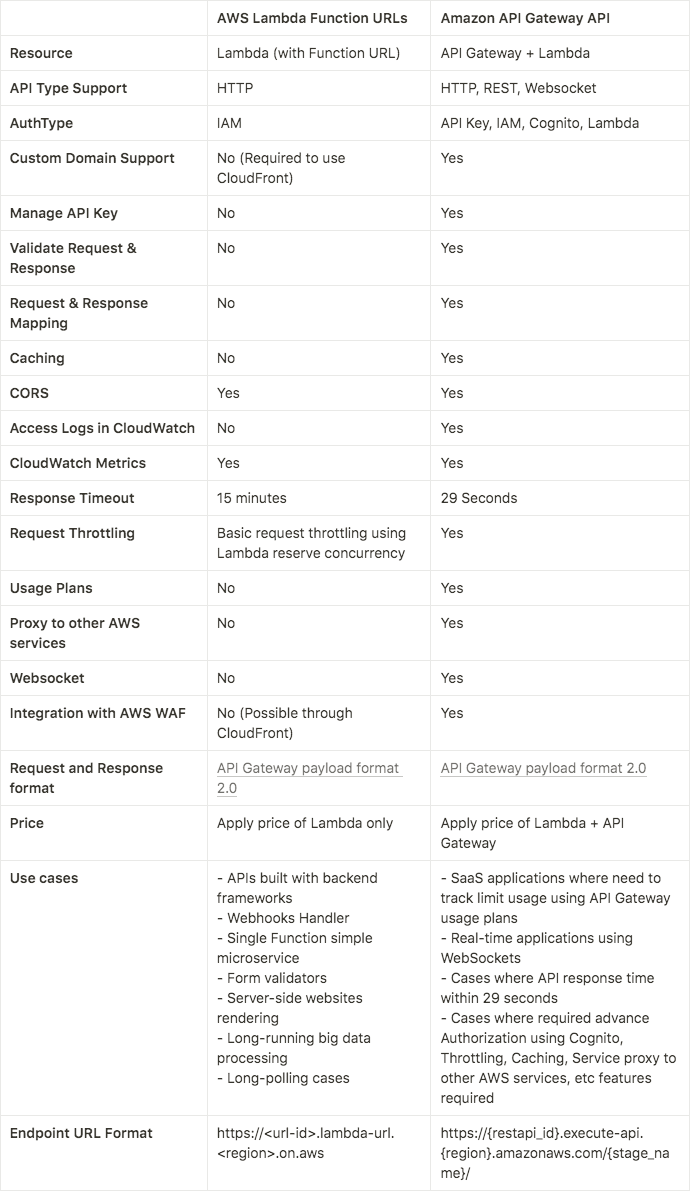
Now, based on these difference, it’s quite evident that a Function URL is a more simple approach to exposing an HTTP endpoint to your API.
But, what this means is that, you generally shouldn’t use a Function URL if you were building an enterprise level API that required features such as caching, rate limiting and complex authorization via Cogntio.
However, if you are only focused on the following:
- Building a server-side rendering website
- A service that requires long polling of greater than 29 seconds.
- You want to create an invocation for a webhook.
- You want to create a single simple service, such as a form handler.
These four candidates are perfect for a function URL. But, if you’re building a solution that has complex authorization flows, a new for tighter security, or if you’re response times are within 29 seconds, go ahead with an API Gateway to get more control!
Creating a Simple App With a Function URL
Now that we have an understand of the function URL, let’s take a look at how we can implement a simple form handler using a Function URL.
To do so, let’s create a simple React form along with a Lambda function to handles submission events to the form.
Now, one thing to understand here is that when you’re building a complete end-to-end solution, you’ll be sharing entities. Therefore, it’s important that you leverage a tool that makes entity sharing between your frontend and backend components simpler. So, I’ll be using Bit to build this solution.
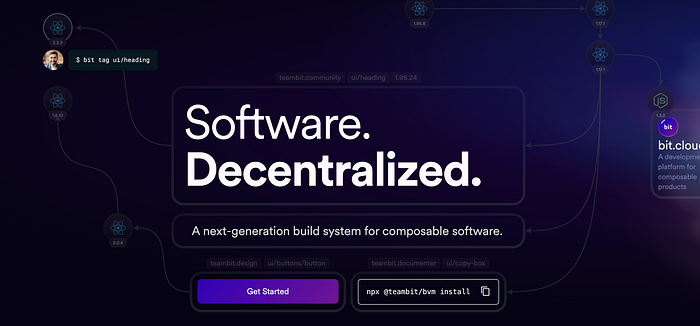
If you’re not familiar with Bit, Bit is a next-generation build system for composable software. It lets you design, develop, build, test and version components in an isolated space. It’s able to keep track of component usages and propagate changes up a component tree using its CI Server — Ripple CI.
Recommend
About Joyk
Aggregate valuable and interesting links.
Joyk means Joy of geeK